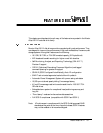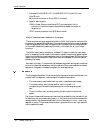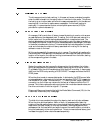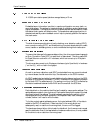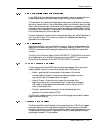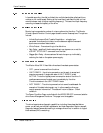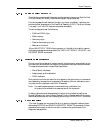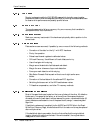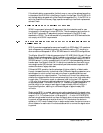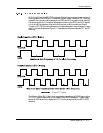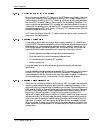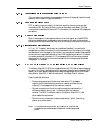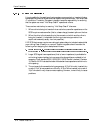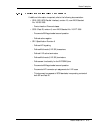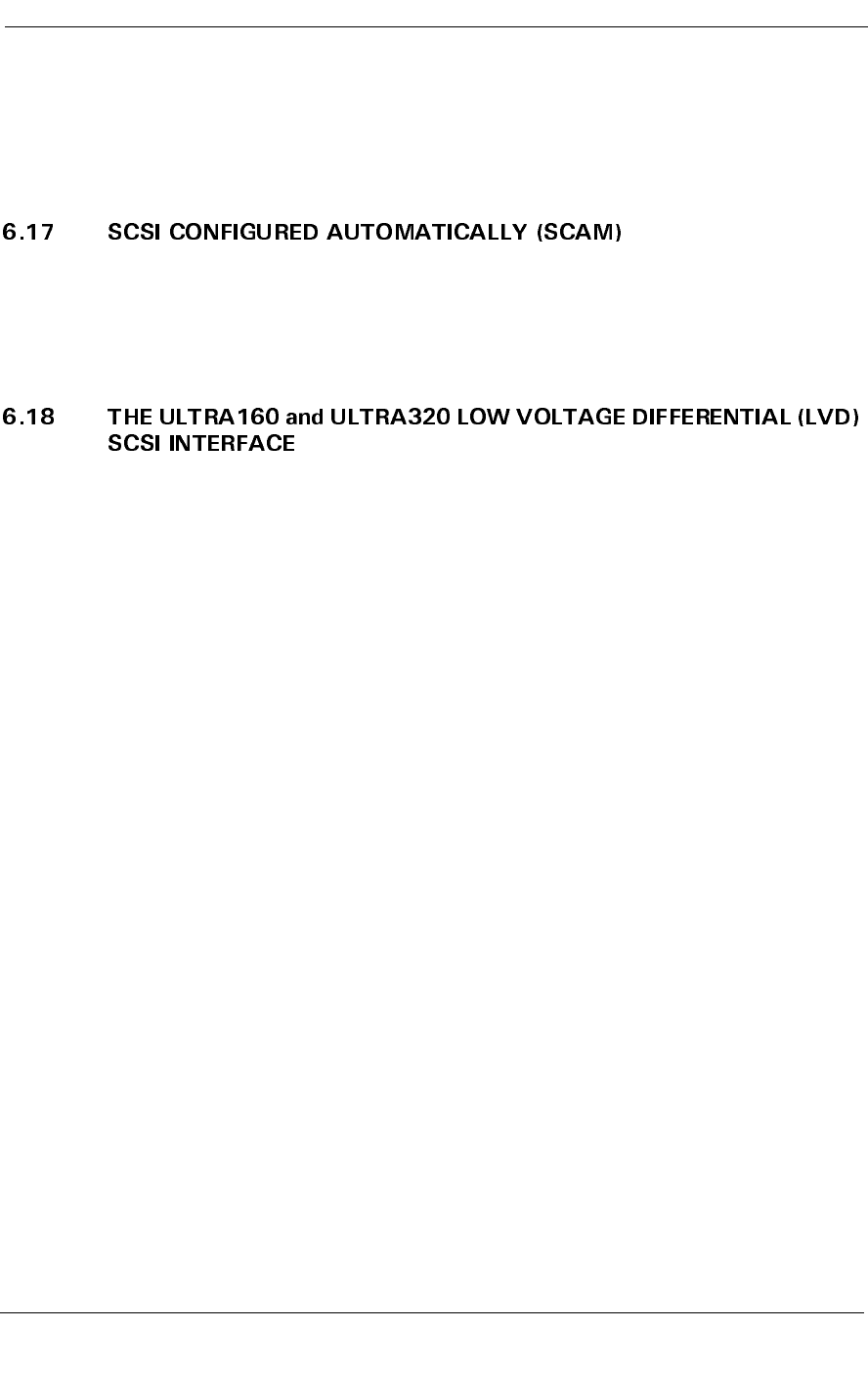
Feature Descriptions
Maxtor Atlas 10K III 6-9
If the block's data is unrecoverable, the block may or may not be replaced according
to the state of the RUEE bit in the Maxtor Vendor Unique Page. If the RUEE bit is
set, the bad data is relocated with a Bad Data Mark appended to it. If the PER bit is
set in the Read-Write Recovery Page, operations resulting in bad block replacement
activate Check
SCAM is a process of automatic ID assignment that eliminates the need for user
involvement in the setting of unique SCSI IDs. The drives support and conform to
the SCAM-2 automatic ID assignment protocol contained in the SCSI-3 draft
standards for SCAM. The drives are also fully compatible with SCSI devices that do
not comply with SCAM requirements.
SCSI-3 provides increased performance and versatility to SCSI disks. LVD uses lower
level voltage swings, differential signaling, and double transition (DT) clocking to
allow a maximum bus speed of 160 or 320 MB/second in wide SCSI configurations.
The Maxtor Atlas 10K III disk drive supports the LVD/MSE (Multi-Mode LVD and
Single-Ended) interface standard. When installed on a bus with only LVD devices the
Maxtor Atlas 10K III disk drive operates in LVD mode at transfer rates up to 160 or
320 MB/second. It is fully compatible with Ultra2 LVD devices operating at slower
transfer rates. If an Maxtor Atlas 10K III disk drive is installed on a bus with one or
more single-ended (SE) devices, it automatically switches modes to operate in SE
mode at the slower, legacy data rates.
Differential SCSI operation has the advantage of higher reliability of data transfer
through increased immunity to electrical noise. Differential signaling uses a two-wire
active system in which current from each wire flows in opposite directions and
reverses direction for a signal transition. The direction of current flow determines
whether the voltage levels on the two wires have a high/low or low/high relationship
to each other. The common mode, or reference, level for the two LVD signals is
+1.25 volts. High and low is defined relative to this level. LVD permits a wide range
of signal amplitudes. The Maxtor Atlas 10K III interface drivers are designed to
provide a high to low range on each signal of approximately 400 millivolts in a
nominal configuration, resulting in a differential signal of approximately 800
millivolts.
Single-ended SCSI, in contrast, uses one-wire active signaling with the signal return
wire connected to ground. The active signal range is switched between a high in the
range of +2.4 - 3.0 volts and a low in the range of 0 - +.5 volts. LVD/MSE SCSI
devices in single-ended mode do not have the signal return wires connected directly
to ground, as these same pins must be driven to LVD levels when the device is
operating in LVD mode. Instead, when in single-ended mode, the device turns on a
driver transistor for each return line that acts as a switch to connect the signal return
to ground.



